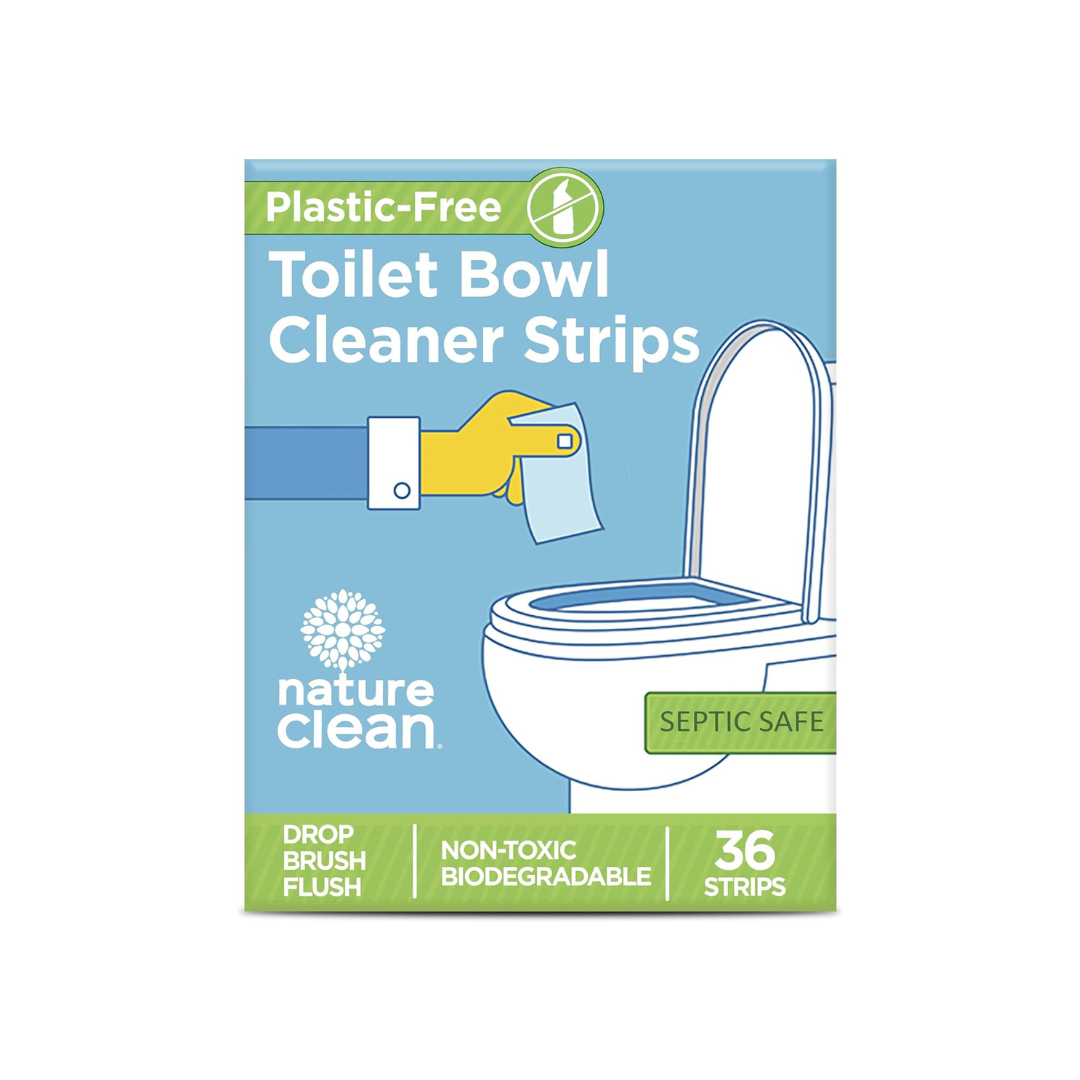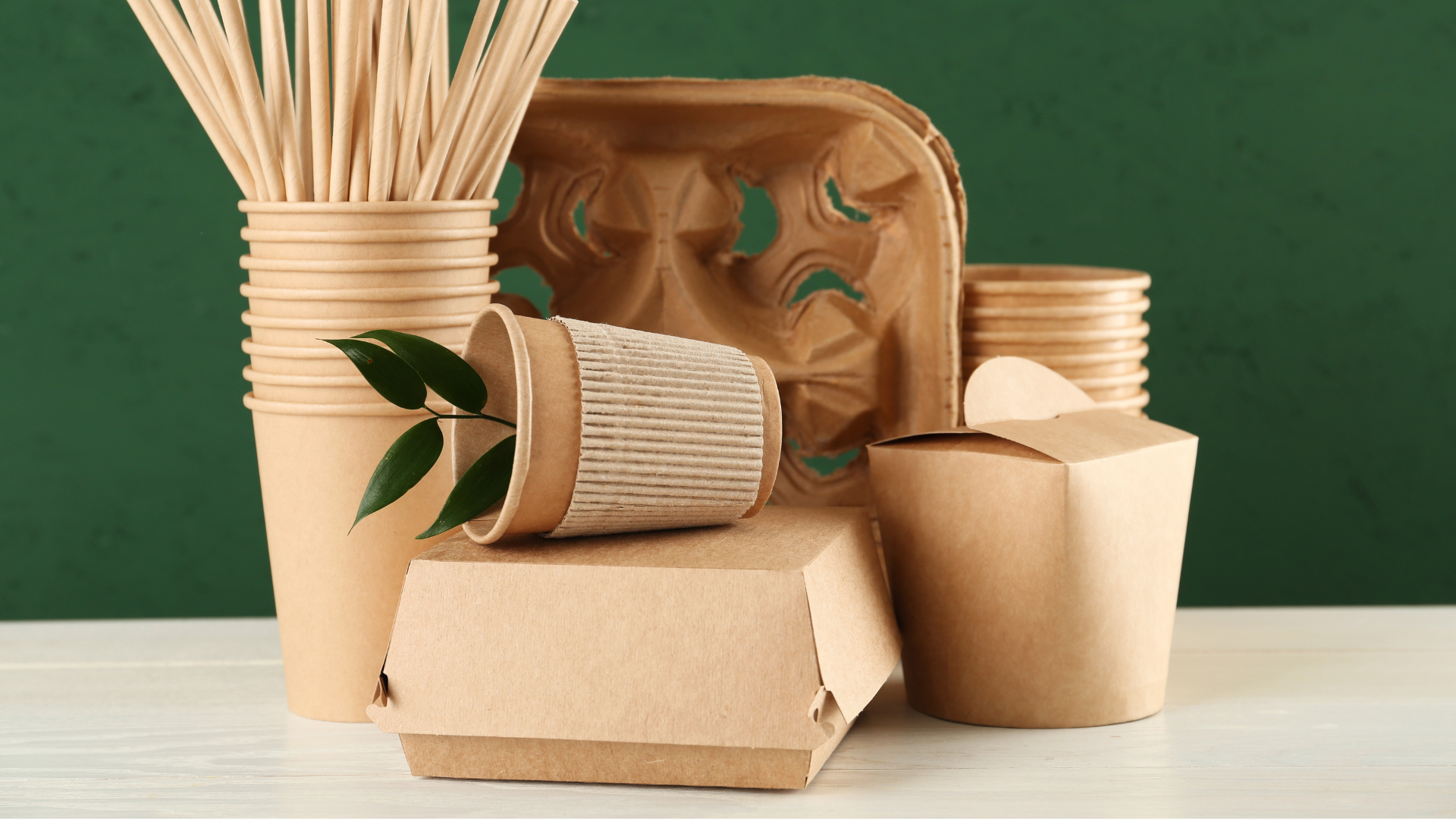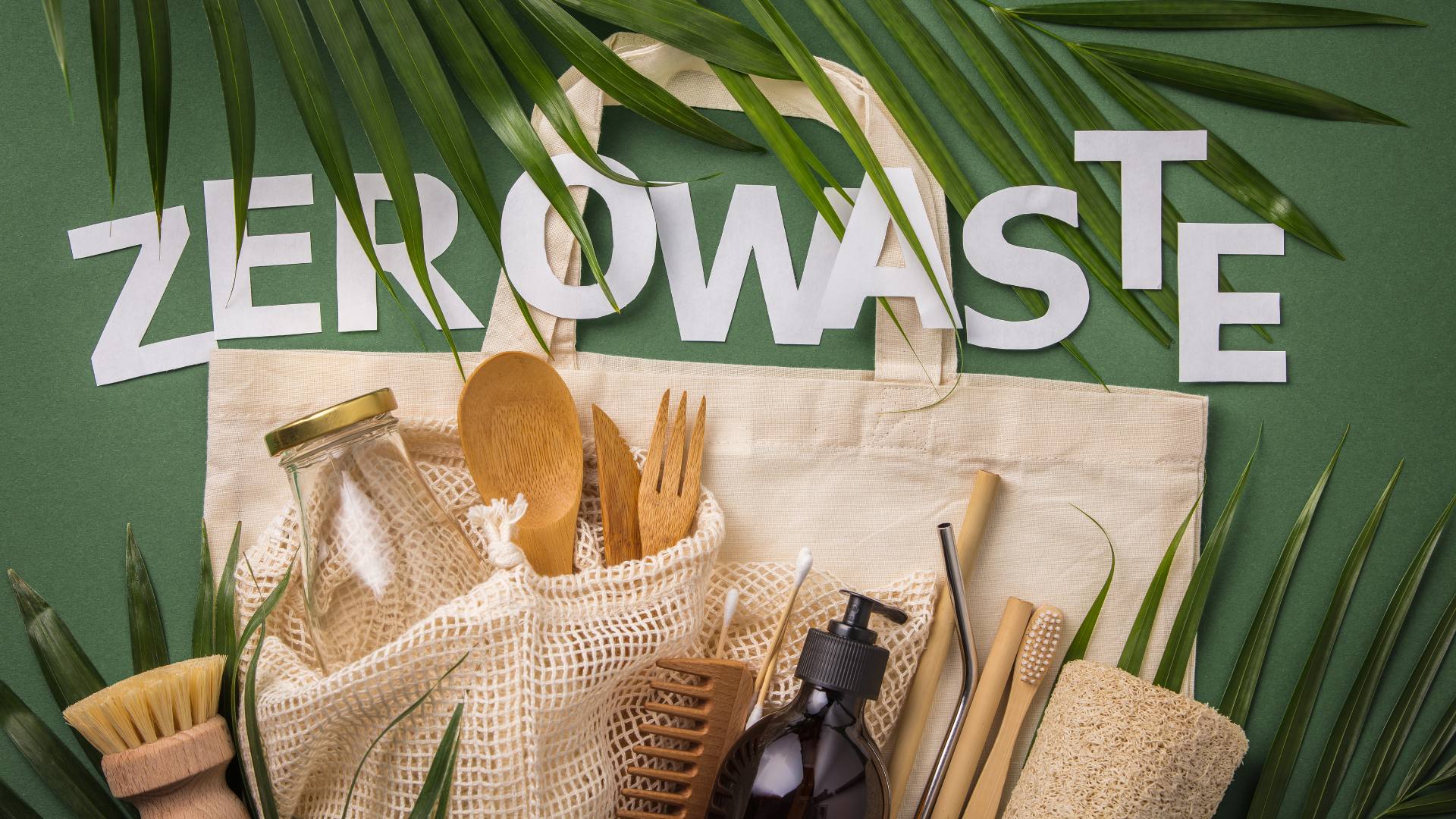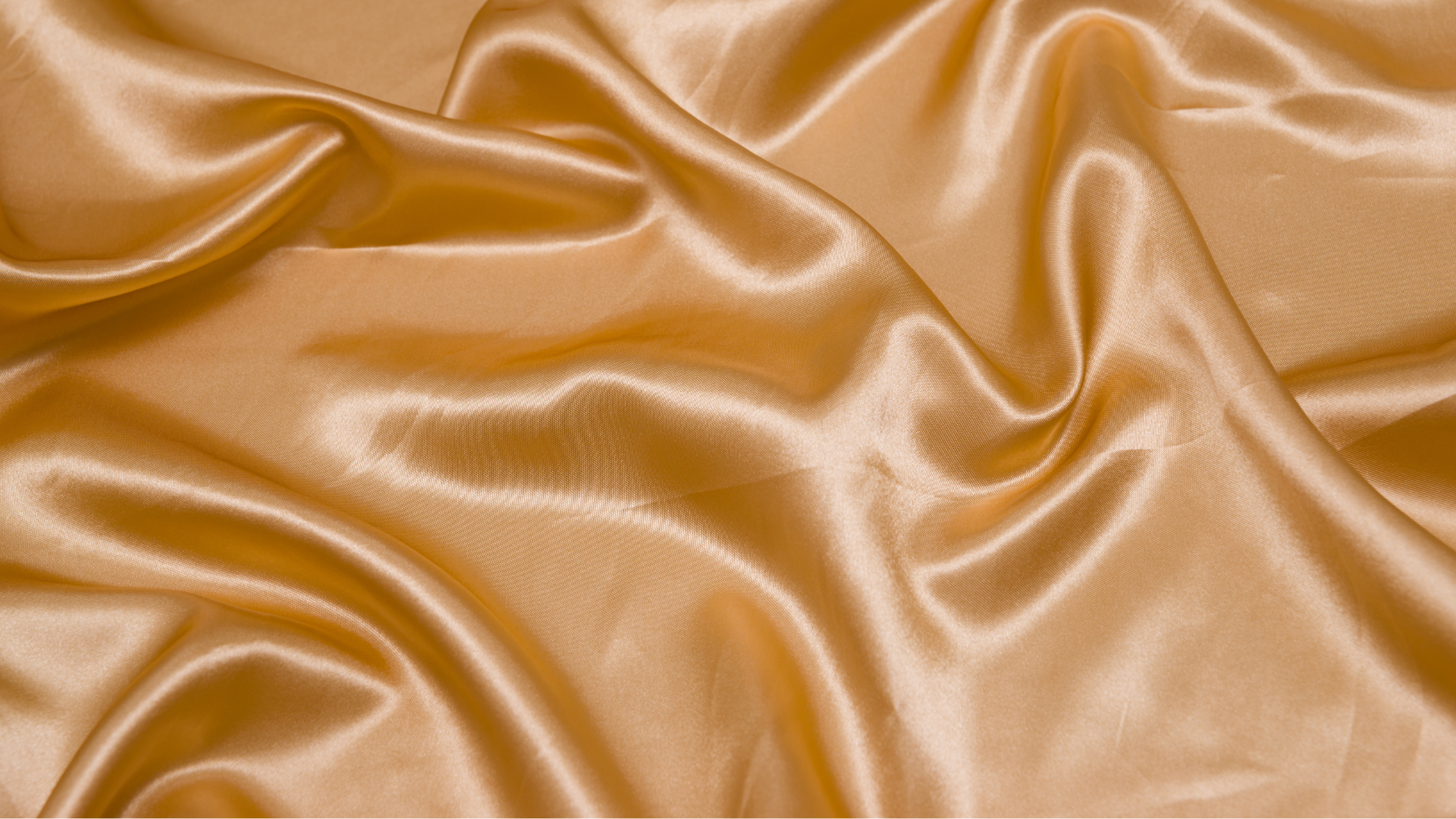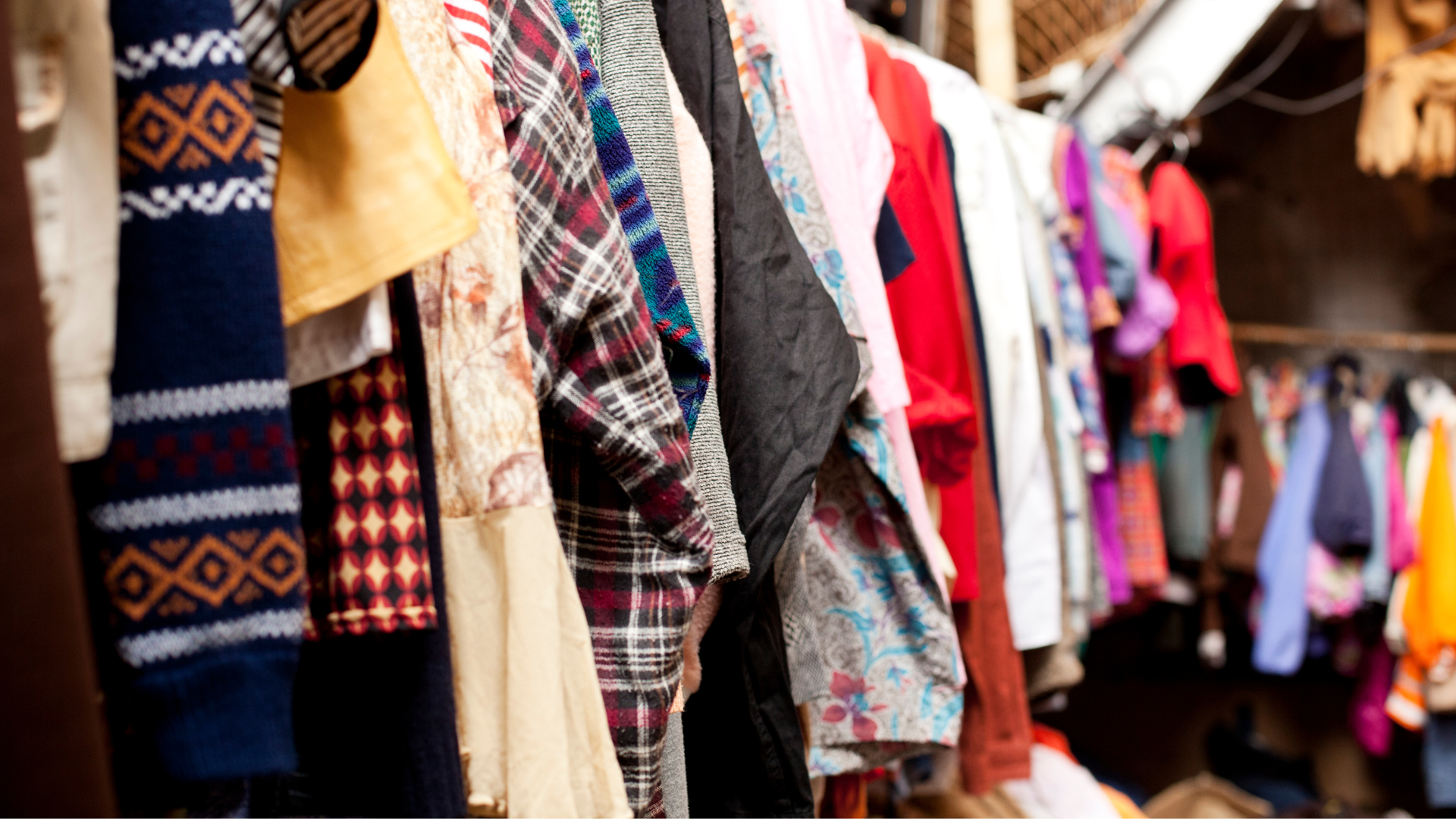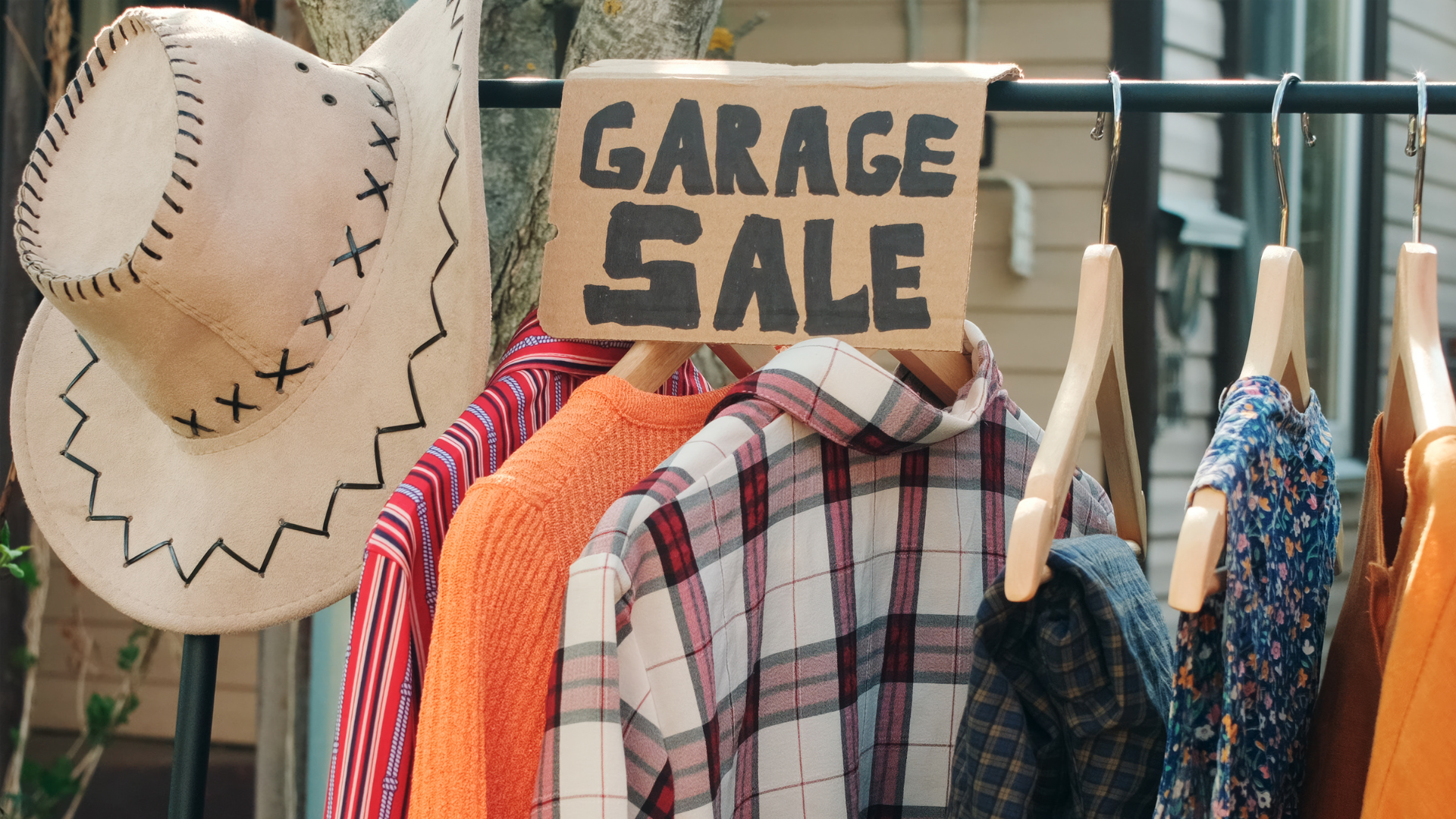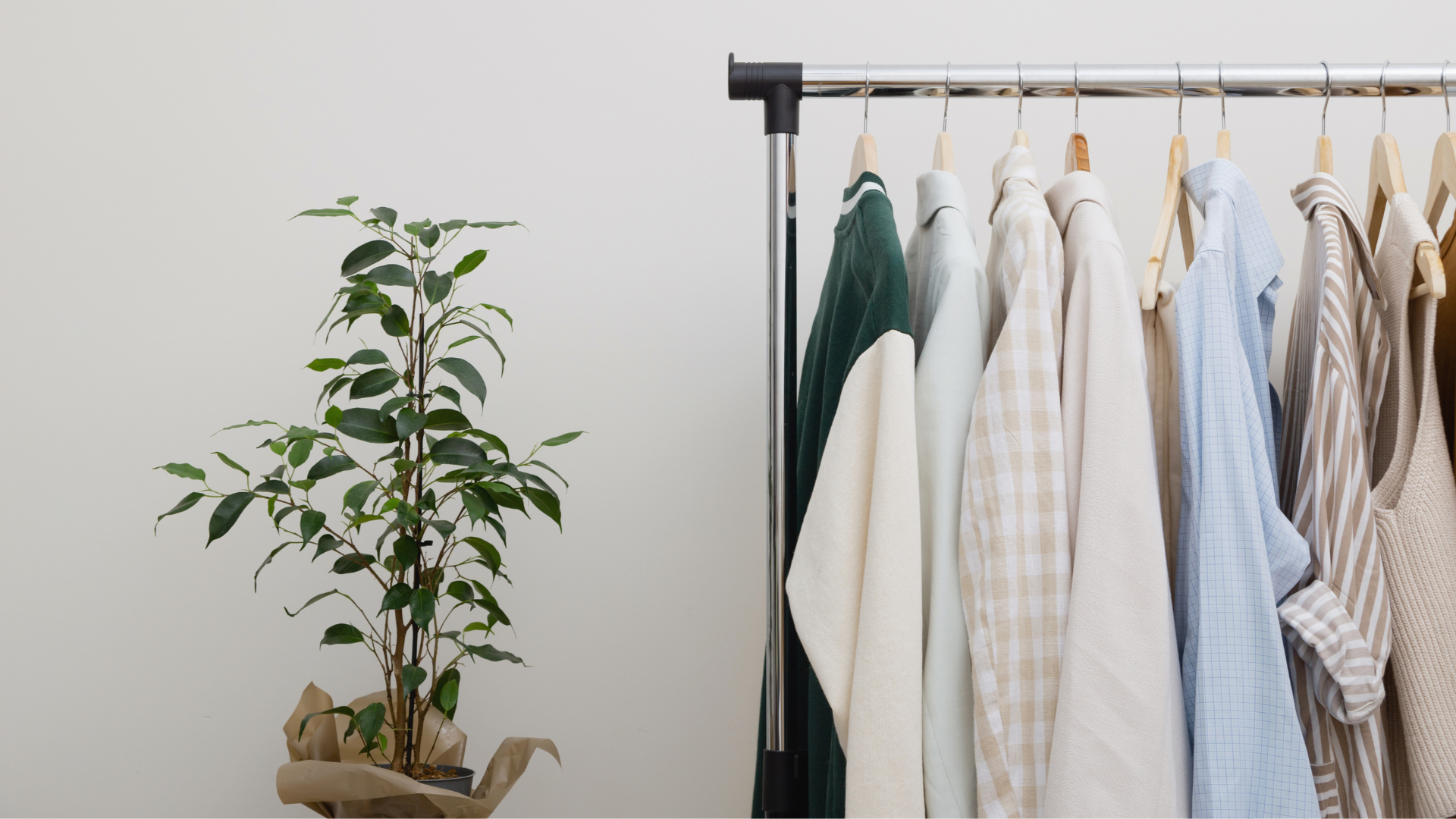Viscose, often celebrated for its silk-like smoothness and affordability, has found its way into numerous wardrobes and homes around the globe. But lurking beneath its lustrous surface are several concerns that might make you reconsider its place in sustainable living. In this comprehensive exploration, we delve deep into the reasons why viscose might not be as eco-friendly and benign as it appears.
What is Viscose and How is it Produced?
Viscose, also known as rayon, is a type of fiber made from cellulose, which is chemically extracted from trees. Although it is derived from naturally occurring materials, the production process involves several chemical treatments that raise significant environmental and health concerns.
The Environmental Impact of Viscose Production
-
Deforestation: The sourcing of cellulose often leads to deforestation. Trees are cut down to obtain the raw material, which significantly impacts biodiversity and increases carbon emissions.
-
Chemical Use: The production of viscose is chemically intensive. It involves carbon disulfide, sodium hydroxide, and sulfuric acid, among others. These chemicals are hazardous and pose health risks to workers, besides being potential pollutants to air and water.
-
Water Consumption: Viscose manufacturing is water-intensive. It not only consumes large volumes of water but also contaminates it with chemicals, which can lead to severe water pollution if not managed properly.
Health Risks Associated with Viscose
The chemical process used in producing viscose isn't just harmful to the environment; it also poses health risks to those involved in its manufacturing. Workers in viscose factories may suffer from serious health issues due to prolonged exposure to toxic chemicals like carbon disulfide, which has been linked to conditions such as coronary heart disease, skin conditions, and neurological problems.
Viscose and Consumer Safety
For consumers, while viscose clothing itself is not directly harmful, the indirect health implications of its production process and the environmental degradation it contributes to cannot be ignored. By choosing viscose, consumers indirectly support these harmful practices.
Sustainable Alternatives to Viscose
Shifting focus towards more sustainable alternatives is crucial. Materials like organic cotton, hemp, and recycled polyester offer similar benefits without the severe environmental or health impacts. These alternatives are not only sustainable but also increasingly available and versatile.
The Role of Innovation in Sustainable Fabrics
Emerging technologies and innovative materials such as Tencel and modal are proving to be promising alternatives to viscose. These fabrics are produced using more sustainable processes and offer a similar feel and durability, making them excellent choices for eco-conscious consumers.
FAQs About Viscose
What are the primary environmental impacts of viscose?
Viscose production leads to deforestation, chemical pollution, and significant water usage, contributing to various environmental issues.
Can viscose be recycled?
Recycling viscose is complex due to the chemicals involved in its production, making it less likely to be recycled than other fabrics.
Is viscose production regulated globally?
While there are regulations in place in certain countries, the global inconsistency in these regulations often leads to environmental and health hazards in regions with laxer standards.
Are there any certifications to look out for when buying viscose?
Yes, certifications like the FSC (Forest Stewardship Council) or PEFC (Programme for the Endorsement of Forest Certification) can indicate that the wood pulp used comes from responsibly managed forests.
How can consumers reduce the impact of viscose?
Opting for certified viscose, supporting brands that use sustainable practices, or choosing alternative fabrics can help reduce the negative impact of viscose.
Conclusion: Rethinking Viscose in Our Wardrobes
Viscose, despite its aesthetic appeal, comes with a hefty environmental and health cost. As eco-conscious consumers, it’s essential to explore and support sustainable alternatives that do not compromise our planet’s health for temporary convenience. By making informed choices, we can drive change towards a more sustainable fashion industry.
Explore More Sustainable Choices: Dive deeper into sustainable living and discover eco-friendly alternatives by visiting our Sustainable Living Blog and Home & Garden section for more insights and tips.
Remember, every choice counts towards building a sustainable future. Choose wisely, live sustainably.



